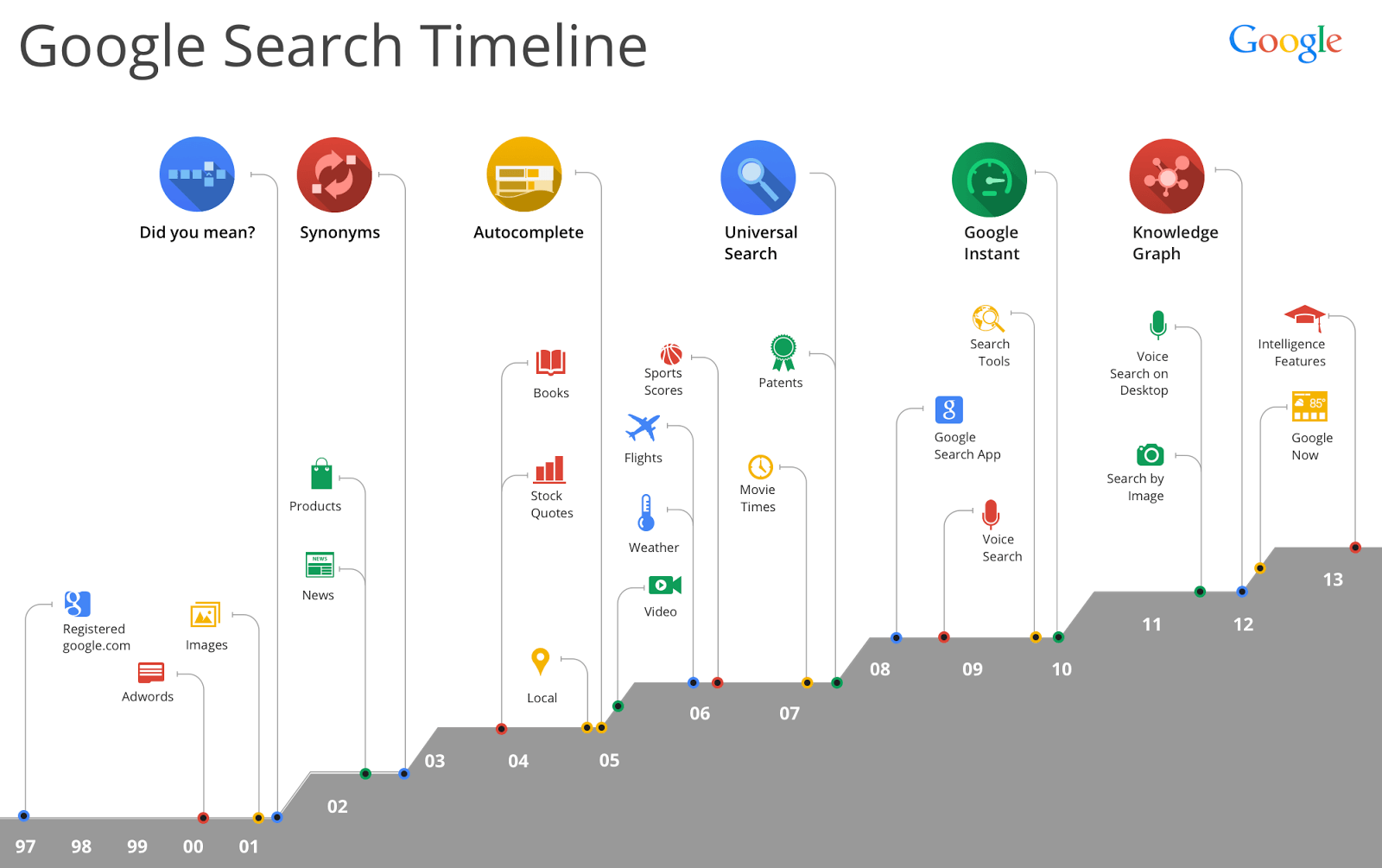Google's Search Algorithms Explained
In order for your website to rank highly in search engines, you need to know how they work so that you can optimize your website to meet their criteria. Google has a range of factors that they use to determine where a website should rank in their search results. These factors are often used in conjunction with Google's other algorithms. By understanding how some of these algorithms operate, you can develop high-quality websites that provide value for your visitors and are optimized for search engines. 
Panda
The Panda algorithm was released in February 2011. The goal of this algorithm was to place higher-quality websites towards the top of the search results and move the lesser quality ones down the rankings. The algorithm was named after its creator, Navneet Panda. Within just a few days of Panda's release, many news websites and social networks made huge increases in their rankings. Websites are deemed to be poor if they have thin content or contain a lot of advertising. It was reported that nearly 12% of all search results were affected by the Panda update. In order to comply with Panda, you will need to create a high-quality website that delivers unique and valuable content to your audience. In addition, websites that contain a lot of advertising, especially above the fold, will also be negatively affected by this algorithm.
Penguin
Google Penguin was first announced in April 2012. It was aimed at penalizing websites that violated Google's Webmaster Guidelines. At the time, many hailed the "end of SEO" when Penguin was released. However, Google simply raised their standards. Webmasters needed to focus on building high-quality backlinks. Lower quality and spammy links were easily identified and too many caused a negative effect on rankings. This algorithm led to a phenomenon known as negative SEO. Initially, you could just run Xrumer (essentially a spamming tool) and send endless backlinks with spammy anchor texts to your competitor's websites. This would penalize them, allowing your website to overtake them in the rankings. As a result, Google released the Disavow tool where you can remove poor quality backlinks. As the algorithm has developed, negative SEO has had much less of an impact than it did when the algorithm was first released.
Hummingbird
By Google's own admission, Hummingbird changed search like no other algorithm did before. This was a major overhaul of search and was released in August 2013. It was created to serve the modern demands of search. People's search habits have changed dramatically in the last ten years and one of the biggest changes has been the move towards conversational search. In the past, people would have used individual words grouped together with little thought about grammar or punctuation. However, search terms have become more conversational and contextual as people tend to search for things like, "Where to find a locksmith in my area?" In the past, it was more common to use a keyword such as "locksmith+Vancouver". Hummingbird was created to understand the meaning behind the words and not just find matches for the words themselves. This means that webmasters need to ensure that their content is contextually relevant and useful for their audience.
Pigeon
Google's Pigeon update was released in July 2014 and was created to provide a more useful and accurate set of local search results. This algorithm affected both the Google Maps results and the normal search results. Pigeon has upped the game for local SEO and high-quality websites with good SEO campaigns are likely to get improvements in rankings. You need to ensure that your landing pages target specific localities and that your contact details are clearly on display on each page of your website. You should also focus on building high-quality backlinks and increasing your online reputation with websites such as Yelp or TripAdvisor. Before Pigeon, people mainly focused on building consistent NAP (name, address, phone) citations. Although this is still important, traditional web ranking signals seemed to have gained importance. You should focus your SEO efforts on increasing consistent business citations on relevant websites and directories, build high-quality backlinks, and increase your reputation by getting reviews on websites such as Yelp.
Mobile-Friendly
In May 2016, Google announced that their Mobile-Friendly update had been fully rolled out. This update was created to increase mobile-friendly ranking signals. This is in response to the huge growth in the number of users who access the internet through their mobile devices. You should ensure that your website is fully responsive and mobile-ready so that visitors with smaller screens can easily navigate it. Google now sees mobile readiness as an important ranking factor. If your website is not mobile-ready, you may experience a drop in ratings on both mobile and desktop Google searches. To ensure that your website is ready for mobile visitors, you should sign up for Google Webmaster Tools. Here you will find Google's mobile-friendly checker which will determine how ready your website is for mobile devices.
Wrapping Up
If you're looking to build a successful online business, you need to drive targeted traffic to your website. To do this, you should aim to rank your website highly in search engines such as Google. To understand how to do this, you need to understand how Google determines the rank of your website. There are hundreds of factors used by Google to determine the order of websites in the search results. These factors are combined with various updates and algorithms used by Google to improve their search results. If you know what these algorithms and updates are looking for, you can build a website that is both helpful for your visitors and will rank highly in Google's search results.







